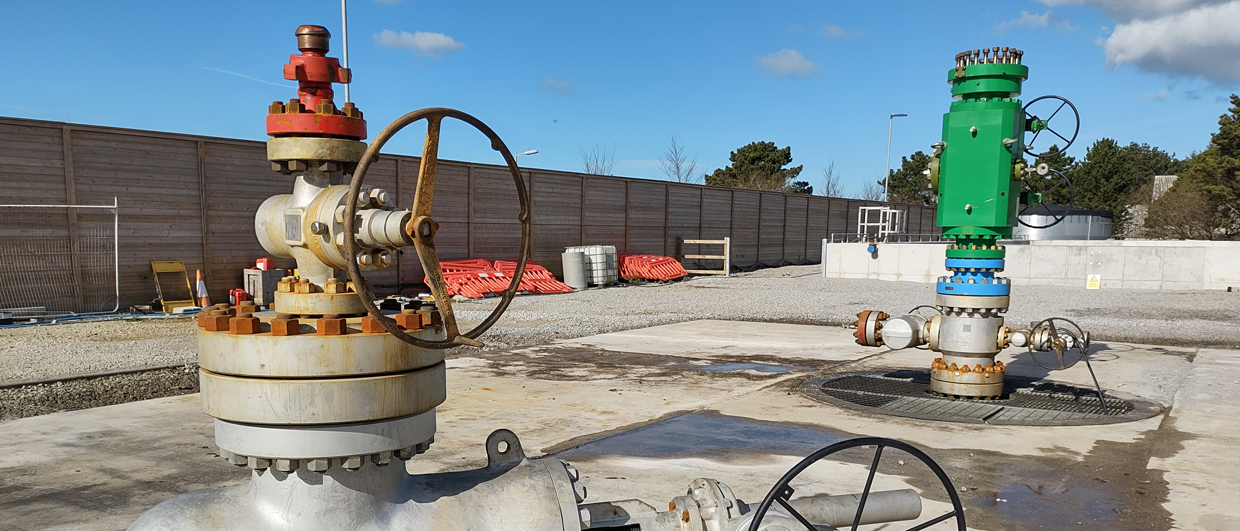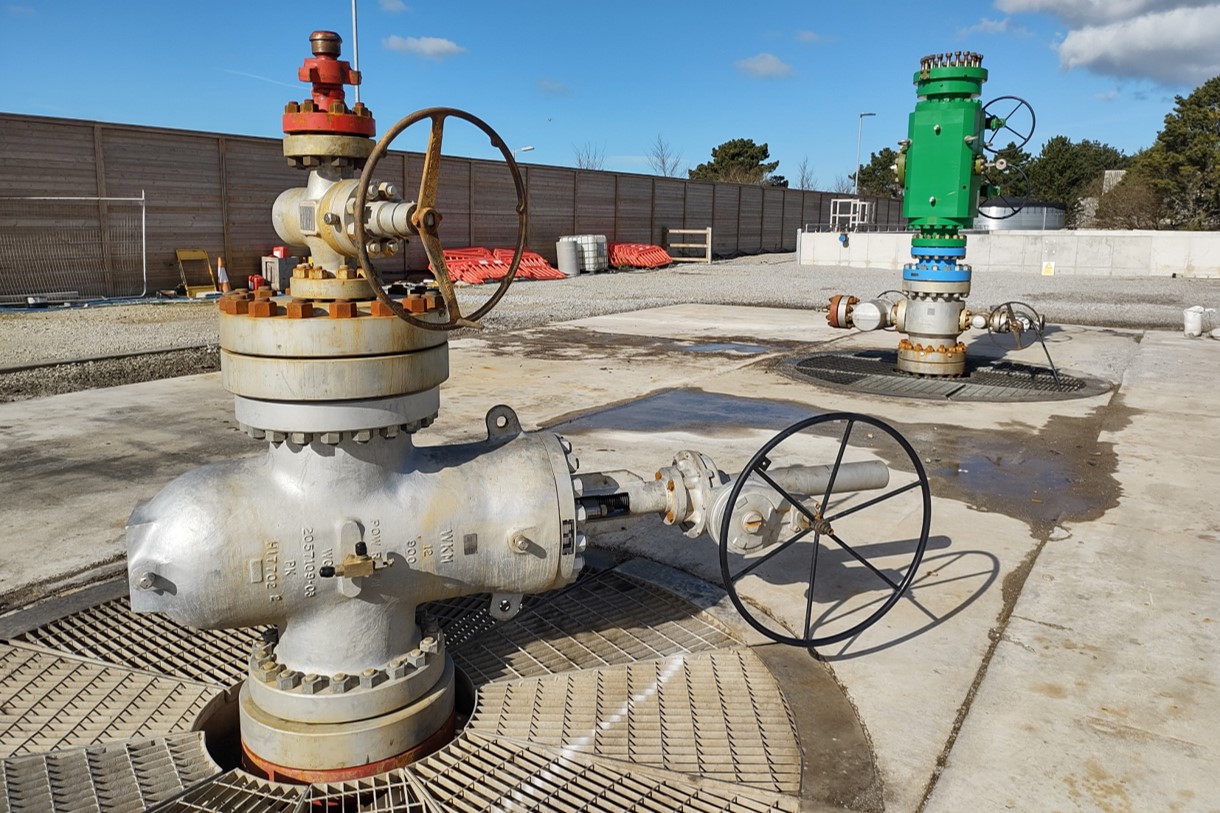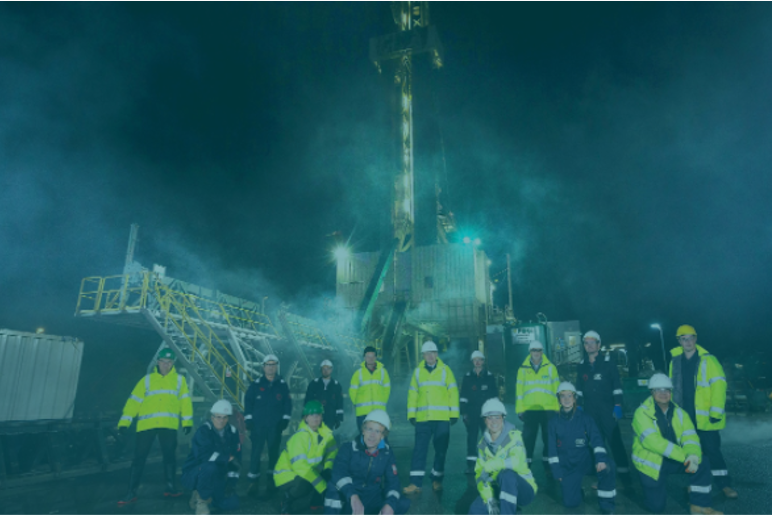Since its wells were drilled, I have kept a close eye on the United Downs geothermal project in Cornwall, southwest England. The production hole, a record-breaking well, was completed around 2018 and 2019 at a depth of 5 km, with the injector drilled to slightly more than 2 km. Drilled through rigid granitic basement, the target of both the producer and injector wells was a fault zone from which hot brine is going to be produced for electricity generation.
Fast forward to 2025, almost 2026, and no power has been supplied to the grid yet, even though the construction of the power plant has been completed, and social media posts by operator Geothermal Engineering Limited seem to suggest that the plant is operating as it should.
The reality is different. Recent email exchanges with the communication department confirm that the new target for first energy production is now January next year.
Over summer, in June to be precise, I already got in touch asking what the status of the project was, as older social media posts had suggested project start-up in the first half of the year. At the time, I was told that negotiations with the operator of the grid had taken much longer than anticipated, but that it was certainly expected for the plant to be turning on “within the next couple of months”.
Given that a couple of months have now passed, I decided to get in touch again to see what the status is. So yesterday, I was told that the current problem is the Electrical Submersible Pump (ESP), which broke down and is being replaced. This is a well-known issue; in fact, I have spoken to people who call the ESP the Achilles Heel of any geothermal project. It is because once it fails, you need to temporarily halt power production, open the well, and replace the ESP, which is often at a depth of a few hundreds of meters.
In a way, the very ESP problem that United Downs is now facing may be one of the reasons why negotiations with the grid operator take so long; it exposes the risks that come with geothermal energy production. Especially when it is a single doublet that is operating without the backup of another system. This issue is something that has been discussed in the city of Munich by connecting several geothermal doublets in order to create the flexibility required to take one out of production in case of a failing ESP.
The irony with the United Downs project is that the ESP already fails before any production has been realised. But is it a real surprise that it happened? I don’t think so, because the pump must have been in the well for a while, and I reckon the chemistry of the brine might not be so favourable for kit like that. Remember that the very reason why Munich has such a thriving deep geothermal sector is the fact that the water chemistry is very favourable in that case, putting less pressure on ESPs.
Let’s see if the United Downs team will now be able to celebrate first production in January next year. But I am not convinced until I see it.




